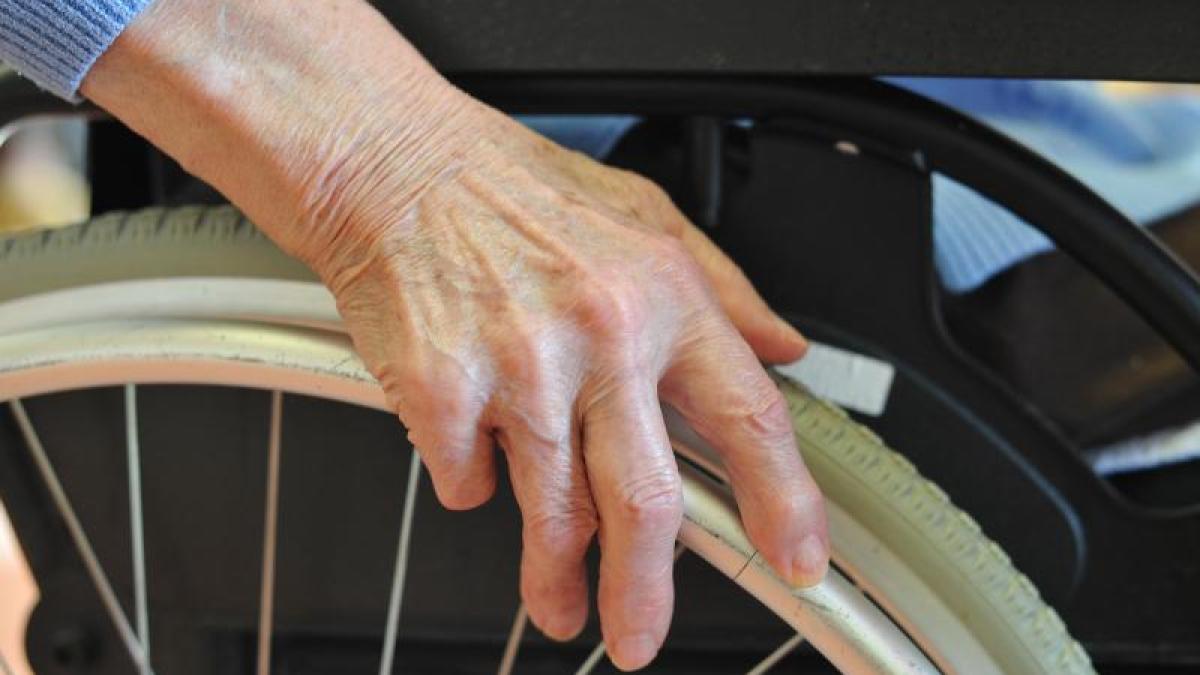NEW YORK (Reuters) – The Omicron variant that causes COVID-19 likely obtained at least one of its mutations by taking an extract of genetic material from another virus — possibly a virus that causes the common cold — found in the same infected cells, according to a report. . for researchers. .
The researchers said that this genetic sequence did not appear in any previous version of the coronavirus called SARS-CoV-2, but was ubiquitous in many other viruses, including those that cause the common cold, as well as the human genome.
Venky Sundarajan of Cambridge, Massachusetts, who led the group, said: to study Posted Thursday on the OSF Preprints website.
Register now to get free and unlimited access to reuters.com
Register
This can mean that the virus spreads more easily, while causing only mild symptoms or no symptoms. Scientists don’t yet know if Omicron is more contagious than the other variants, whether it causes more severe disease, or if it will overtake Delta as the more widespread variant. It may take several weeks for these questions to be answered.
According to previous studies, cells in the lungs and gastrointestinal tract can harbor SARS-CoV-2 and cold coronaviruses. This co-infection paves the way for viral recombination, a process in which two different viruses interact in the same host cell during reproduction, producing new copies containing genetic material from both parents.
This new mutation could first occur in a person infected with both pathogens when a copy of SARS-CoV-2 has recovered the genetic sequence from the other virus, said Soundararajan and co-authors, who have not yet undergone peer review.
Soundararajan said the same genetic sequence appears multiple times in one of the coronaviruses that causes colds in humans – known as HCoV-229E – and in the human immunodeficiency virus (HIV) that causes colds.
South Africa, where Omicron was first identified, has the highest level of HIV in the world, which weakens the immune system and increases a person’s susceptibility to cold viruses and other pathogens. In this part of the world, Sundarajan said, a recombination may have occurred that added this whole set of genes to an omicron.
“We may have missed many generations of recombination” that occurred over time that led to the birth of Omicron, Soundararajan added.
Further research is needed to confirm the origins of omicron mutations and their effects on function and transmissibility. There are competing hypotheses that this latter variant may have spent some time evolving in an animal host.
Meanwhile, Soundararajan said, the new findings underscore the importance of people receiving the currently available COVID-19 vaccines.
“You need to get vaccinated to reduce the chances of other immunocompromised people getting SARS-CoV-2,” Soundararajan said.
Register now to get free and unlimited access to reuters.com
Register
(Nancy Lapid reports). Editing by Will Dunham
Our criteria: Thomson Reuters Trust Principles.








